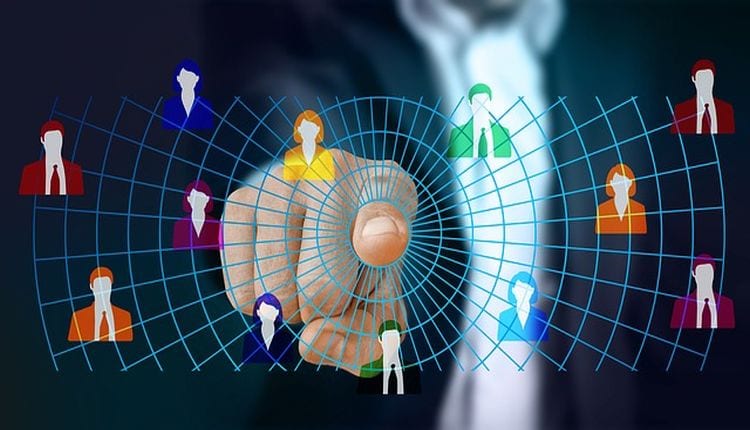 By Amit Singh, Co-Founder, Yitsol Technology Inc
By Amit Singh, Co-Founder, Yitsol Technology Inc
As the era of COVID-19 persists, healthcare systems are facing a daunting range of challenges. Healthcare faculties thrive for a sustainable emergency management framework to look beyond COVID-19 and future contingency. The scientific perception of COVID-19 has been ceaselessly expanding since its outbreak. Worldwide contamination and disease progression rates, successful treatment, and speculation over potential antidote are continually fluctuating.
- Advertisement -
The combination of unpredictable patterns and inadequate insight means that preparing for and executing both an instant and viable long-term pandemic response is baffling—yet undoubtedly critical for the care of patients, employees, and organizational survival.
Researchers and provider organizations have increasingly embraced artificial intelligence (AI) and machine learning (ML) tools to reduce and track the spread of COVID-19 and to improve their surveillance efforts. While organizations should focus on immediate data-supported tactics, such as improving case detection, reducing transmission, and managing supplies, the longer-term strategies of adjusting care delivery, risk contracts, and operational processes cannot be neglected. Systems must increasingly focus on planning resources to chart a sustainable course forward as providers and stewards of health in their communities.
- Advertisement -
Given machine learning’s predictive power and its ability to make sense of vast data enhances our everyday lives. It’s no wonder health systems are eager to understand how it can help their clinical teams and improve their patients’ outcomes. Machine learning bridges the gaps left by the simple models of the past. The models which are based on simple rules and data sets that don’t generalize well, don’t yield accurate predictions for organizations that implement them. Advanced machine learning model learns the important, and sometimes unique, relationships in health system data on its patients and their outcomes under present-day conditions.
Machine learning allows health systems to break out of literature-based models, deliberately limited to relatively simple constructs, and finite numbers of potential contributing factors to allow clinical teams to find the data elements and perform the calculations manually. Instead, machine learning allows for algorithms to consider numerous potential contributing factors, and rapidly generate and test more complex predictive algorithms. From reducing readmissions to predicting a patient’s propensity to pay, from predicting chronic disease to preventing hospital acquired infections (HAIs) machine learning does more than just benefit healthcare. It is a life-saving drug healthcare system and their patients desperately need.
Big data analytics and advanced AI integrated systems have helped health experts to stay ahead of the pandemic from predicting patient outcomes to anticipating future hotspots, resulting in more efficient care delivery. With an ever-changing understanding of COVID-19 and a continually fluctuating disease impact, health systems can’t rely on a single, rigid plan to guide their response and recovery efforts.
An effective solution is likely a flexible yet perceptive framework that steers hospitals and other providers through four critical phases of a community wide healthcare emergency. The framework which include data-supported surveillance and containment strategies to enhance detection, reduce transmission, manage capacity and supplies, providing a roadmap to respond to immediate demands and also support a sustainable long-term pandemic response.
If you have an interesting article / experience / case study to share, please get in touch with us at [email protected]
Advertisement



